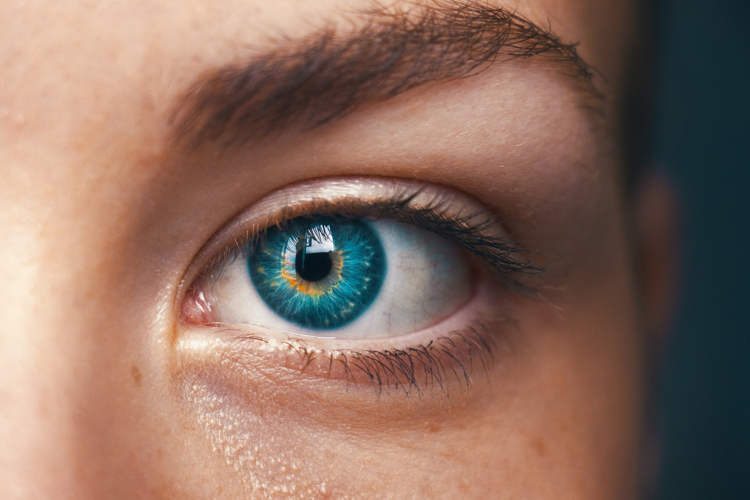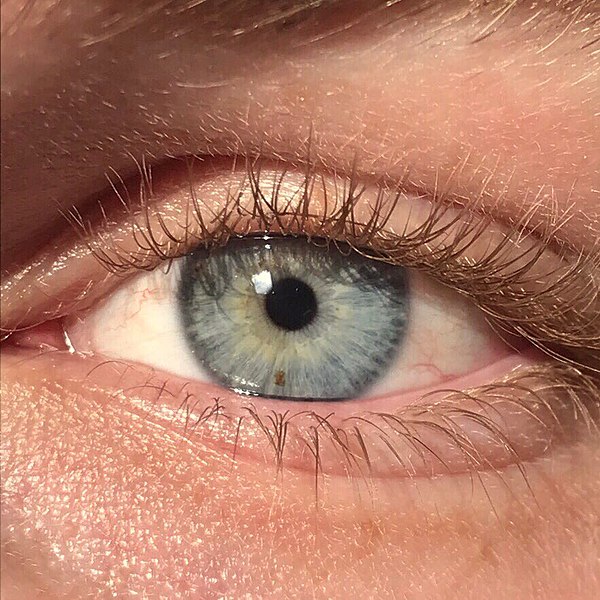Ever wish your eyes were blue or green? Well, now you don’t have to turn to contact lenses or risky artificial iris implants to make your dream come true. You can simply have your own eyes permanently tattooed.
Originally developed as a way of dealing with patients suffering from disfiguring corneal opacities, keratopigmentation, aka ‘corneal tattooing’, has seen a boost in popularity among people seeking a mere aesthetic change. Safely changing eye color has long been an impossible dream, but today there are actually several types of procedures that allow you to do just this. Ten years ago, we wrote about the controversial artificial iris implant that came with provided excellent results but came with its share of health risks. Then, in 2017, there was the revolutionary laser surgery that could change eye color from brown to blue in just 20 seconds. Nowadays, however, it’s all about kaeratopigmentation, a seemingly safe procedure that uses advanced machinery and biologically compatible pigments to permanently change eye color.








